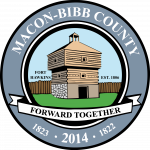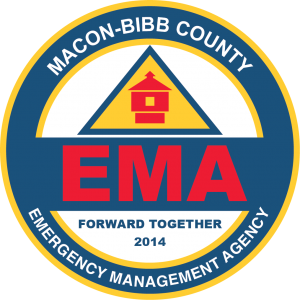Write a Plan
You and your family may not be together if a disaster strikes, so it is important to know how your family is going to respond to certain disasters in your area. Know how you’ll contact one another and reconnect if separated. Establish a family meeting place that’s familiar and easy to find.
Create an Emergency Plan in just 3 steps:
- With your family or household members, discuss how to prepare and respond to the types of emergencies that are most likely to happen where you live, work, and play.
- Identify responsibilities for each member of your household and how you will work together as a team.
- Practice as many elements of your plan as possible.
Plan for the emergencies that are most likely to happen where you live. Consider how you will respond to the emergencies that are unique to your region, such as tornadoes and hurricanes, as well as response to emergencies that can happen anywhere, such as home fires and floods. In your plan, think about emergencies that may require your family to shelter in place versus emergencies that may require evacuation.
| Plan How to Evacuate | Plan How to Shelter in Place |
|
|
As you prepare your plan, tailor it to your specific daily living needs and responsibilities. Discuss these needs Some members of your household may need special accommodations during an emergency, which means planning ahead is even more crucial. Consider some of these factors when developing your plan:
- Different ages of members within your household (young/old)
- Dietary needs
- Medical needs including prescriptions and equipment
- Disabilities or access and functional needs including devices and equipment
- Languages spoken
- Cultural and religious considerations
- Pets or service animals
Practice your emergency plan at least 2-3 times a year with all members of your family. To practice your plan, test your emergency communications plan, assemble at your meeting locations and practice your evacuation routes. Update your plan with any changes, if necessary, after you practice.
Below are links to planning templates that you can use for home or work.

